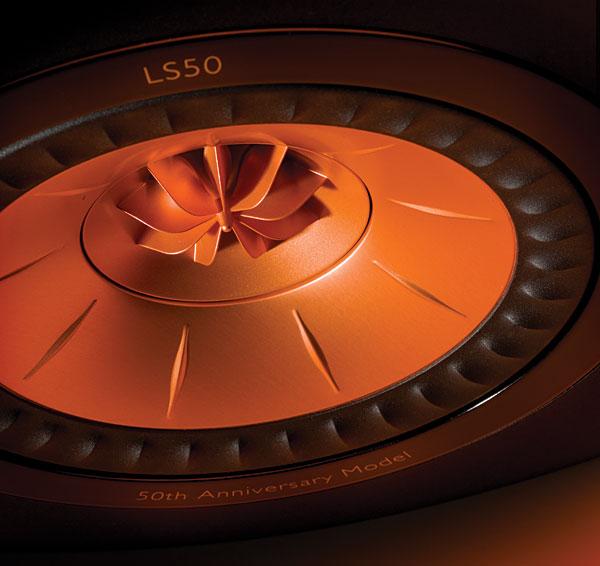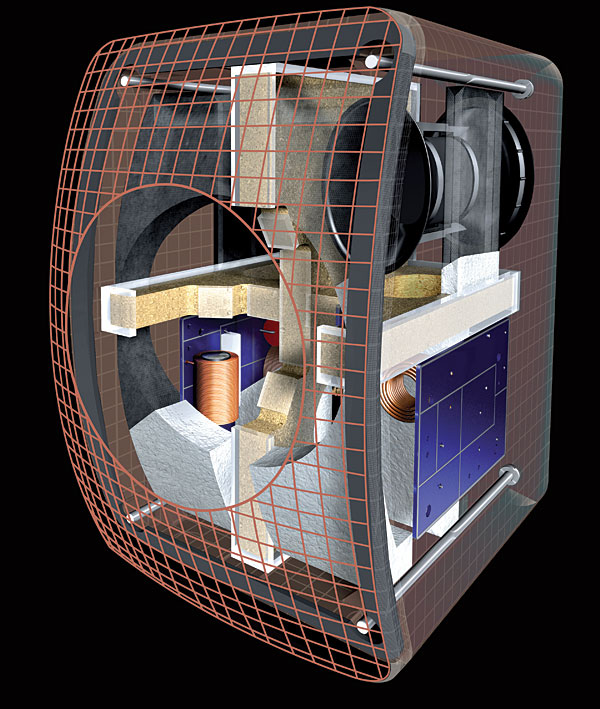| Columns Retired Columns & Blogs |
Being a dedicated "stand-mount" guy and something of a cheapskate, this review got me really excited. Maybe I should replace my 10-year old Joseph Audio RM7si Signatures!
Imagine my disappointment when I went to KEF's US website and tried to find a dealer. Even at maximum range from my location -- Washington DC -- I came up empty. There is a local dealer, but it stocks only KEF's low-line stuff, not any of the fancy products (including the Reference Series).
Assuming that one would agree that Washington DC is not the sticks, it might be worthwhile for Stereophile to enquire of KEF exactly how many US dealers the company has which stock this product -- or the Reference series for that matter.












































